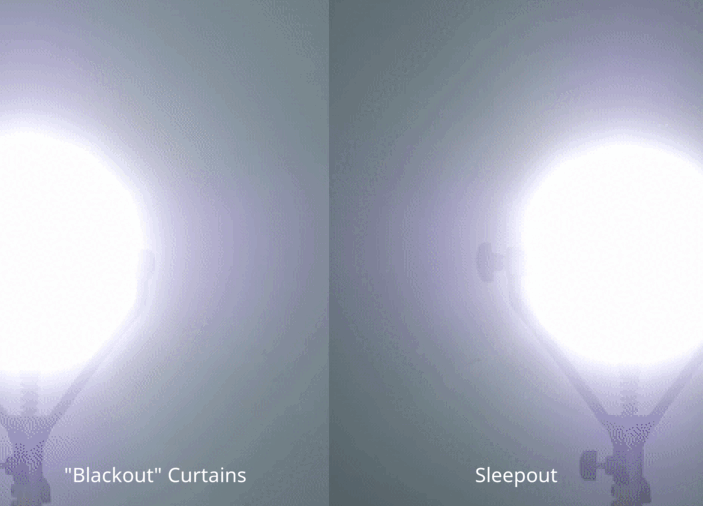The fascination with owls, especially their nocturnal behaviors, extends into the peculiar sleeping habits of their youngest members. Although owls are often heralded as mysterious night-time sentinels, their chicks—affectionately known as owlets—offer a more tender aspect to these bird species. Understanding the sleeping patterns of baby owls not only provides intriguing wildlife insights but also touches on broader themes of development in avian life.
Adapting to Life in the Shadows
Newly hatched owlets, unlike many other bird species, spend a significant amount of time in the developmental stage within the safety of their nest, which is usually set high up in the hollows of trees or on cliff edges. Light regulation plays a critical part in their growth cycle. Similar to human newborns, the regulation of light and dark environments can significantly influence their sleep-wake cycles and overall health.

Sleep Patterns of Owlets
Baby owls start their lives with a tremendous need for sleep. This requirement is crucial as it enables brain development, muscle growth, and overall health. During the early stages, owlets may sleep for up to 16 hours a day, gradually adjusting as they grow. These sleeping hours are not continuous overnight stretches but are interspersed throughout the day and night, aligning with the intermittent return of their parents with food.
The specific sleeping patterns and postures of baby owls can seem quite curious to the observer. Unlike adult owls, which might perch stoically, owlets often exhibit floppy, almost comedic poses when they sleep. Some might lean against the sides of the nest or even perch awkwardly on one leg while dozing. This behavior is partly due to the underdeveloped nature of their muscles and skeletal structure in the early days.
Nest Security and Effect on Sleep
How securely owlets sleep is directly proportional to the safety of their nest environment. Nests situated in spots free from predators and harsh elements see chicks that exhibit deeper and more regular sleep patterns. Interestingly, in the animal kingdom—and particularly among birds—creating a secure environment for the young significantly impacts their ability to grow and thrive, akin to blackout curtains in a nursery creating a conducive sleep environment for human infants.
If you're a parent seeking to replicate a secure and serene sleep environment for your child, consider the Sleepout Portable Blackout Curtain. Acknowledging the importance of darkness for quality sleep, these curtains can be vital in fostering a similar secure and darkened environment beneficial for brain development and growth, much like a naturally secure owl nest. Find out more about these innovative curtains here.

Cognitive Development Linked to Sleep
Just like human babies, the development of owlets is significantly enhanced by the quality of sleep they get. Studies have shown that in birds, sleep aids in the processing and retention of information, critical during their early life stages when they are learning essential survival skills from their parents. This information assimilation is akin to how human children develop cognitive abilities through restful sleep, emphasizing the importance of creating the right sleep conditions.
Learning from Owls
Perhaps one of the most intriguing aspects of observing the sleeping habits of baby owls is what they tell us about the necessity of rest across species. Despite the vast differences in lifestyle and physiology, the fundamental requirement for good sleep among young creatures—be it owlets or human babies—is a universal need that transcends species boundaries.
As we continue to study these fascinating patterns, it becomes ever clearer how critical a role environment plays in the development of the young. Whether it's the natural architecture of a secure, high nest for owlets or a well-set room equipped with Sleepout Blackout Curtains for human babies, the end goal is remarkably similar: to foster conditions that support uninterrupted, healthful sleep aiding in proper development.
By borrowing wisdom from nature, and understanding how other living beings tackle the challenges of sleep and development, we can enhance our approaches and implement better solutions for our young, ensuring they grow up in environments that cater to their developmental needs just as wisely as in the wild.

Emulating natural, conducive environments for rest and growth is not only essential but indeed possible with thoughtful consideration of our surroundings and the tools at our disposal. The journey of an owlet from a nest-high perch to independent flight is not so different from that of a human child's path from cradle to confident steps, underscored by the universal need for peaceful, restorative sleep.

